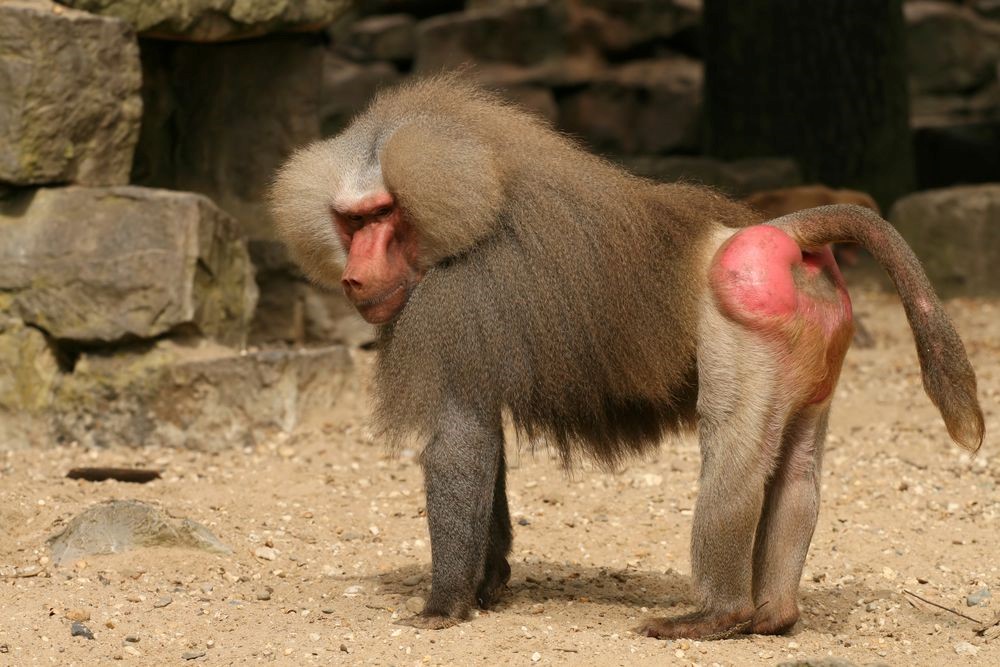7667766266
enquiry@shankarias.in
Recently, #JusticeForRaygun widely shared on social media due to encounters between baboons and people in Pretoria.
A young male baboon named Raygun burned to death by the teenagers in Africa.
